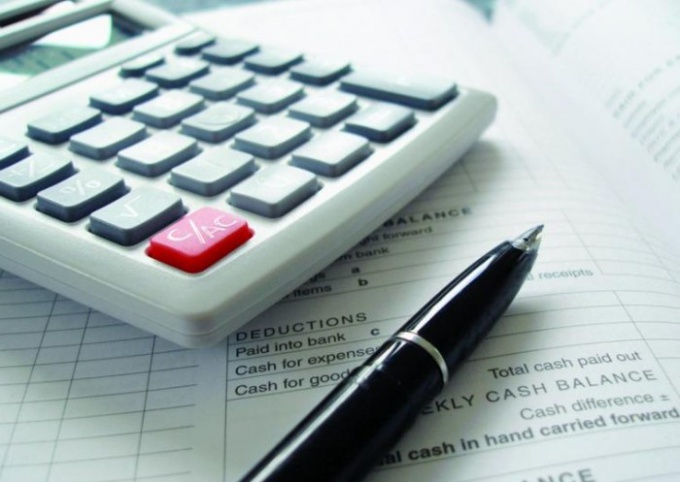Instruction
1
When assignment of an object to a fixed asset, check whether it has the following features:
- the ability to bring the company economic benefits in the future;
the organization does not intend to resale the property;
- used for a long period of time (the duration of use exceeds 12 months or one operating cycle, lasting over 12 months). If property accepted for accounting corresponds to the above symptoms, then it should be reflected in the accounts of fixed assets.
- the ability to bring the company economic benefits in the future;
the organization does not intend to resale the property;
- used for a long period of time (the duration of use exceeds 12 months or one operating cycle, lasting over 12 months). If property accepted for accounting corresponds to the above symptoms, then it should be reflected in the accounts of fixed assets.
2
You should know that all fixed assets are divided into groups, each of which correspond to distinctive features.
1. The building is an architectural and construction elements that create the necessary conditions for the implementation of production activities, storage of material values and also used for managerial and non-production needs.
2. Structures is engineering structures dedicated to technical service functions of the production process, but not associated with changes in the items of work (tunnels, drains, overpasses, etc.).
3. Transmission devices are devices through which energy is transferred in various types, as well as liquid and gaseous substances (heating network, gas network etc.).
4. Machinery and equipment, including:
power machines and equipment for generation and distribution of energy;
- working machinery and equipment directly involved in the production process;
measuring and control instruments and devices;
computing and electronic engineering.
5. Vehicle.
6. Tools – the means of labor involved in the production process for more than 1 year.
7. Production tools and household utensils, which are used to perform manufacturing operations and create safe conditions of work (workbenches, desks, etc.).
8. Household equipment, which provides conditions for the work and the function of service production (photocopiers, office furniture, etc.).
9. Land and perennial plantings.
10. Working and productive livestock and other fixed assets.
1. The building is an architectural and construction elements that create the necessary conditions for the implementation of production activities, storage of material values and also used for managerial and non-production needs.
2. Structures is engineering structures dedicated to technical service functions of the production process, but not associated with changes in the items of work (tunnels, drains, overpasses, etc.).
3. Transmission devices are devices through which energy is transferred in various types, as well as liquid and gaseous substances (heating network, gas network etc.).
4. Machinery and equipment, including:
power machines and equipment for generation and distribution of energy;
- working machinery and equipment directly involved in the production process;
measuring and control instruments and devices;
computing and electronic engineering.
5. Vehicle.
6. Tools – the means of labor involved in the production process for more than 1 year.
7. Production tools and household utensils, which are used to perform manufacturing operations and create safe conditions of work (workbenches, desks, etc.).
8. Household equipment, which provides conditions for the work and the function of service production (photocopiers, office furniture, etc.).
9. Land and perennial plantings.
10. Working and productive livestock and other fixed assets.
3
Note that in accounting for tax purposes and depreciation all fixed assets are divided into 10 depreciation groups depending on their useful lives. The useful life is the period during which a fixed asset is able to serve the purposes of the organization. The first group relates to depreciation assets with a useful life of 1-2 years, the second – 2-3 years, the third – 3-5 years, the fourth – 5-7 years, the fifth – 7-10 years. The sixth depreciation group includes assets useful life which is 10 to 15 years, the seventh – 15-20 years, the eighth – 20-25 years, the ninth – 25-30 years, a tenth more than 30 years.
Note
There are the following groups of fixed assets (including in accordance with PBU 6/01[2]) Each company has in its possession the fixed and current assets. A set of fixed production assets and circulating assets of the enterprises forms of their production tools.
Useful advice
For the purposes of accounting and tax accounting applies the Classification of fixed assets included in depreciation groups (Approved by RF Government Decree from January 01, 2002 No. 1 as amended by 10.12.2010 ). The cost previously taken into account the OS, the operation of which is continued in the current year, not subject to revision
